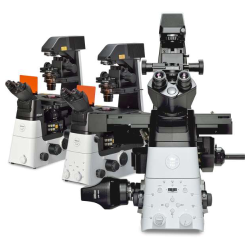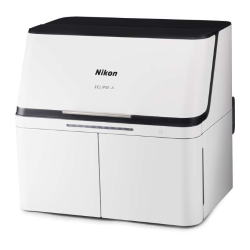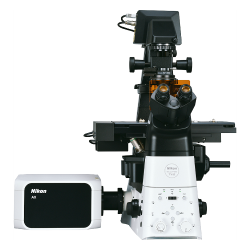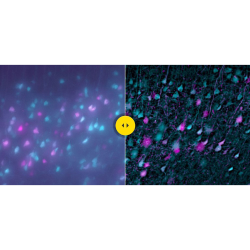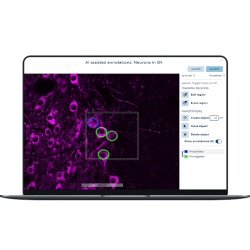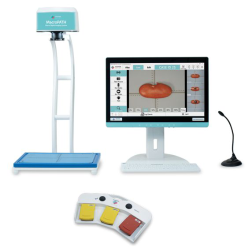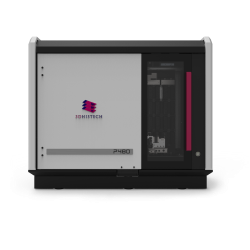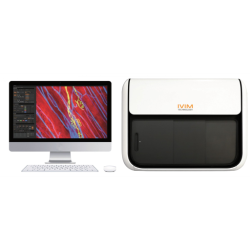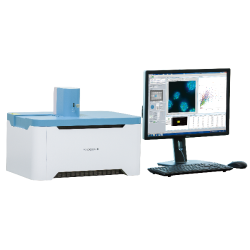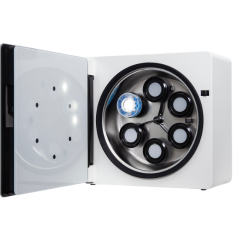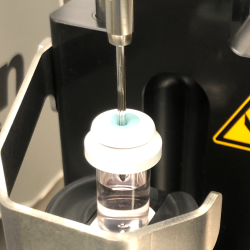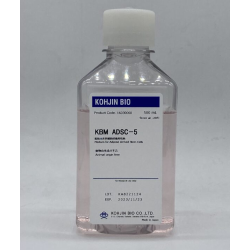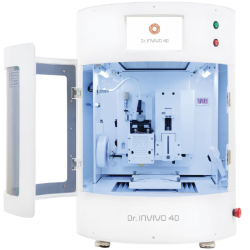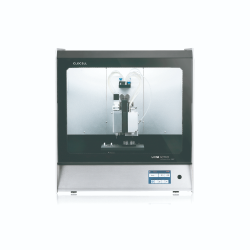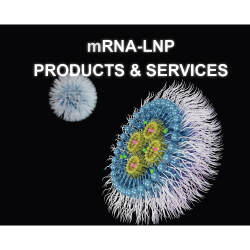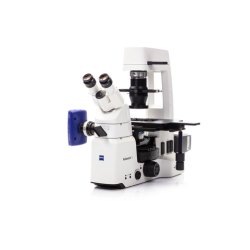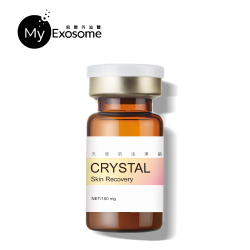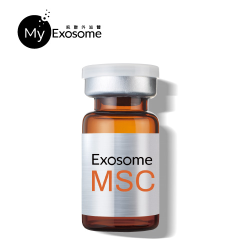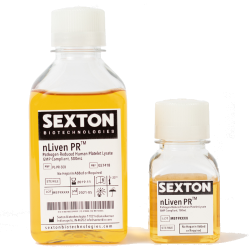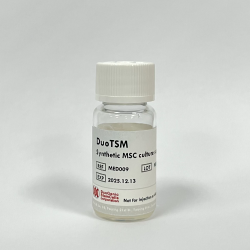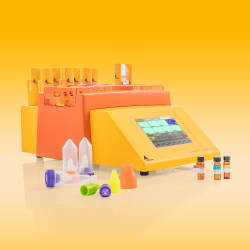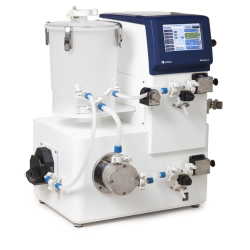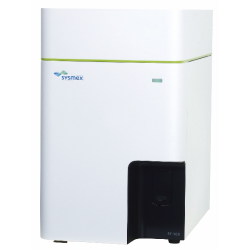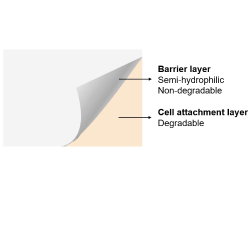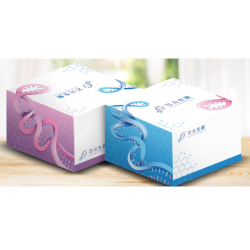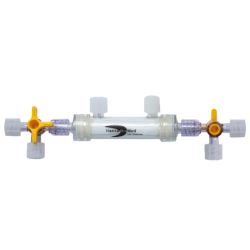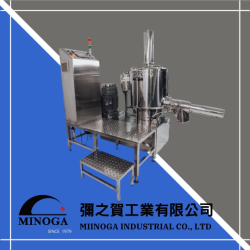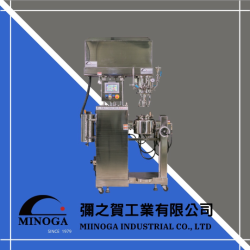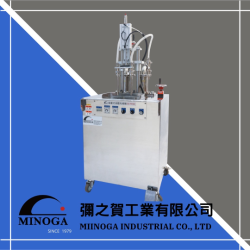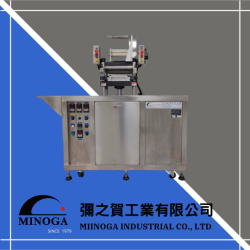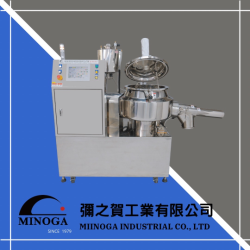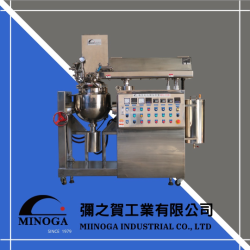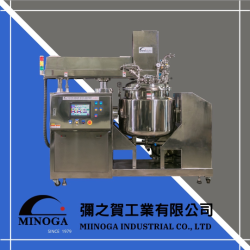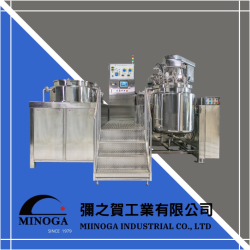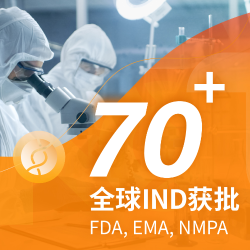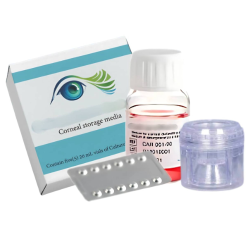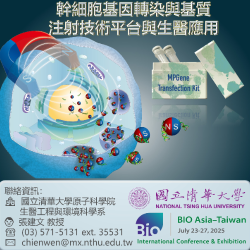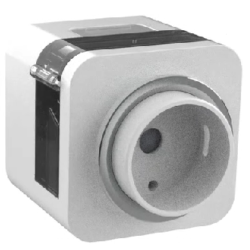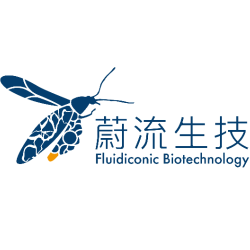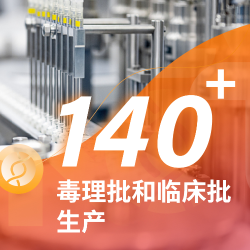Nikon ECLIPSE Ti2 E Research Grade Inverted Microscope Series
Model: Nikon ECLIPSE Ti2 E Research Grade Inverted Micros
Category: Cell Therapy and Regenerative Medicine
Exhibitor: LIN TRADING CO., LTD.
Booth No: M512
Characteristic
Nikon ECLIPSE Ti2 E Research Grade Inverted Microscope Series
The Nikon Eclipse Ti2 E offers an unprecedentedly large field of view (Field of view = 25mm), making your research-grade sCMOS camera's field of view no longer too large and allowing for faster high-throughput image acquisition. In response to the demand for Super resolution microscopes, the Nikon Ti2 has enhanced stability, minimized image drift, and significantly improved software functionality for controlling hardware to achieve high-speed images. In addition, the Nikon Ti2's unique Intelligent Sensing Guidance function alerts the user to operation errors in a timely manner through a graphical interface. For the sake of experimental reproducibility and quality, each sensing element can be automatically recorded in the captured image, and together with Nikon's powerful acquisition and analysis software, Nikon NIS - Elements, a new revolutionary imaging experience begins.
◆ Groundbreaking large field of view
With the recent trend toward larger, system-level research, the need for faster data collection and high throughput continues to grow. This trend has been fueled by the evolution of larger format image acquisition systems and dramatic increases in computer processing speeds, and the Nikon Ti2's unprecedented 25mm field of view allows researchers to make practical use of the largest frame size detector available, providing the core imaging platform with the potential to continue into the future as its technology evolves at a rapid pace.
◆ Enhanced Brightness Across the Field of View
High-energy LED transmissive light source provides the Ti2 with enough brightness for a wide field of view, ensuring clear, stable, high-magnification DIC images. With the built-in fly-eye lens in the optical path, the Ti2 provides uniform illumination from the center to the edges of the field of view, making it convenient for wide-area mapping and high-throughput applications.
◆ Optical system with enlarged diameter
In response to the 25mm wide field of view for imaging, the Ti2 optical system optical path diameter is also enlarged, which increases the field of view by almost two times compared with conventional microscopes, allowing users to achieve optimal performance with large-sensor CMOS.
◆ Large-field Imaging Objective Lens
Nikon has a group of objective lenses with excellent image flatness to ensure that excellent image quality is maintained around the periphery of the field of view. Utilizing the wide-field feature of the OFN25 objective lens, you can quickly collect a large amount of data in a short period of time.
◆ Large-field-of-view cameras
Nikon FX-specification F-mount cameras such as the Digital Sight 10 and DS-Qi2 use CMOS chips optimized for research use. Perfectly matched with the ultra-wide field of view of the Ti2 series, they are the best choice for high-speed and high-sensitivity live-cell image acquisition experiments.
Outstanding Nikon Optical System
Nikon's high-precision CFI60 infinite-range optical system brings users clearer images.
◆ Apodized Phase Contrast
Nikon's unique Phase Contrast mode provides stronger contrast and reduces halo artifacts compared to traditional phase contrast effects.
◆ DIC Differential Interference Phase Difference
Nikon considers that the use of DIC images requires high resolution and high contrast images of the surface of visible light cells, and therefore designs each DIC objective with a proprietary DIC module to achieve the highest quality results.
◆ NAMC (Nikon Advanced Modulation Contrast)
Nikon's proprietary technology enables stereoscopic imaging of plastic containers, especially transparent samples and ova. NAMC provides 3D stereoscopic effects, and the contrast can be easily adjusted.
◆ Fluorescence Imaging Technology
The Nikon λ series objective lenses utilize nanocrystalline coating technology to reduce light reflection and increase fluorescence penetration. This is useful for observing samples with low fluorescence signals and samples that require multi-color fluorescence excitation. Combined with the new Ti2 filter, it is even more effective for single-molecule imaging and photoexcitation applications.
◆ Intelligent Assist Guide (Ti2 - E / A)
With the Intelligent Assist Guide, users do not need to memorize the lengthy calibration and operation steps, reducing the use of errors and maintaining the reproducibility of experiments.
◆ Continuous display of microscope status
With the built-in sensing detector, all the information while you are capturing images is recorded, so you can easily know the parameters of the experimental operation and the notification of operation errors. In addition, the camera with built-in sensors provides guidance for phase difference, DIC, and laser correction.
◆ Operation Guidance Wizard
What should I do if there is a problem with the microscope calibration or operation while the experiment is in progress?
The new Ti2 provides an Operation Wizard to help users debug and calibrate in real time.
A step-by-step guide is provided to help users carry out the calibration procedure on their own, and the calibration interface can be viewed on a computer or tablet to connect to the microscope for calibration.
Other Products
Products you may be interested in
Highest Rated Products
